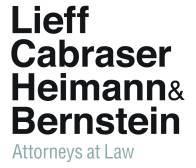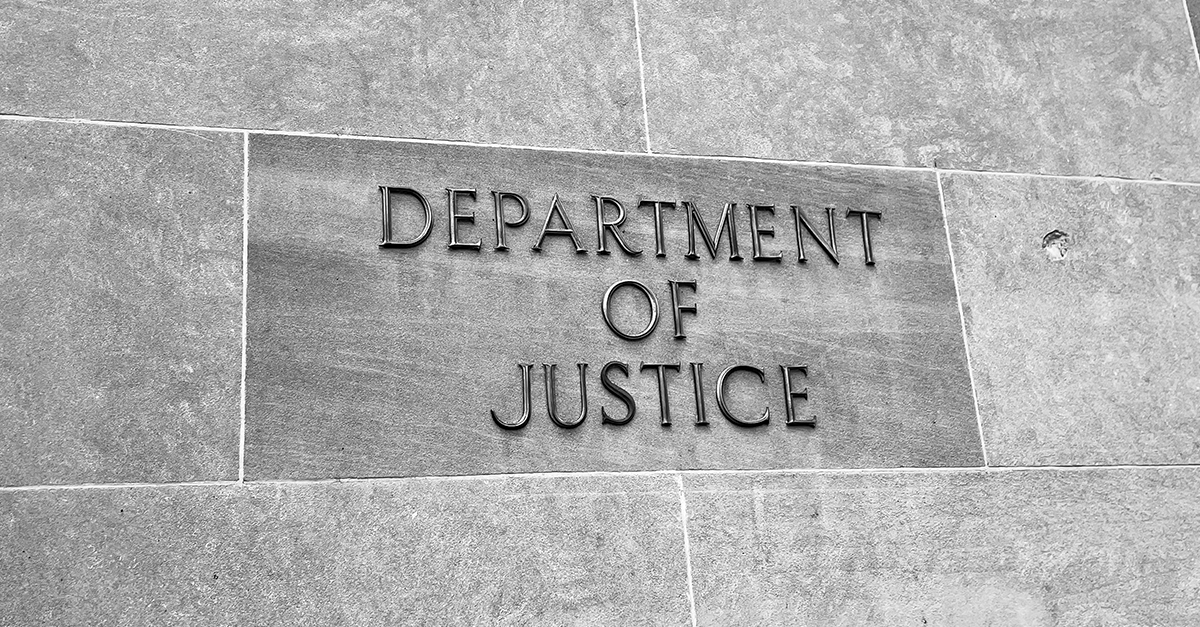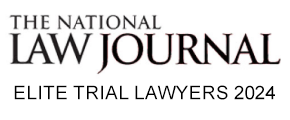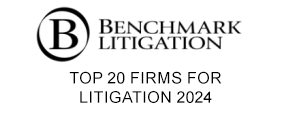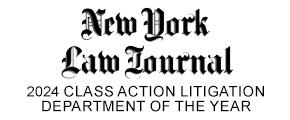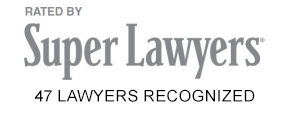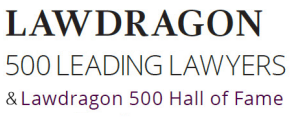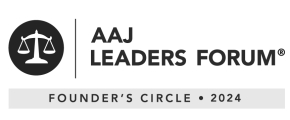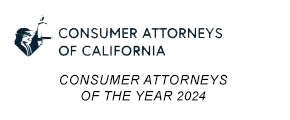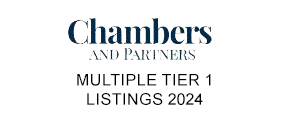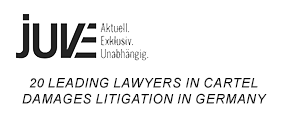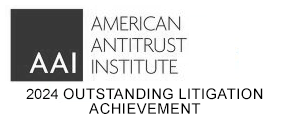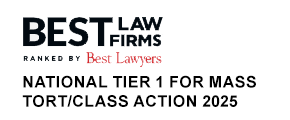Portions of the new antitrust guidelines were expressly based on cases Lieff Cabraser successfully litigated over the last decade
On Thursday, January 16, 2025, the U.S. Department of Justice (DOJ) and Federal Trade Commission (FTC) released their Joint Antitrust Guidelines for “Business Activities Affecting Workers,” replacing prior HR-focused antitrust guidelines. This comprehensive document lays out updated principles for enforcing antitrust laws in labor markets, focusing on practices that harm workers through suppressed wages, restricted mobility, and diminished bargaining power.
The document provides a detailed framework for identifying and addressing anticompetitive practices that affect workers. Key sections of the guidelines include:
- Defining Anticompetitive Labor Practices:
- No-Poach Agreements: Agreements where employers agree not to hire or solicit each other’s employees, which restrict worker mobility. The guidelines make clear that such agreements are often illegal under the per se rule if they occur between competitors.
- Wage-Fixing Agreements: Agreements between employers to set wages or salary caps at a certain level. These are treated as serious violations akin to price-fixing in product markets.
- Non-Compete Clauses: The document also scrutinizes non-compete clauses, particularly those that excessively limit a worker’s ability to change jobs or start their own business, noting that these may be subject to rule-of-reason analysis.
- Scope of Application:
The guidelines expand the reach of antitrust enforcement to include franchise relationships, staffing agencies, and other intermediaries that play a role in shaping labor markets. This is a key advancement in recognizing the modern complexities of employer-employee relationships.
- Clarity on Enforcement Standards:
The guidelines delineate when antitrust violations should be analyzed under the per se rule (automatically unlawful) versus the rule of reason (a more contextual evaluation). For example, naked no-poach and wage-fixing agreements are presumed per se illegal, while other agreements may require deeper scrutiny.
- Emphasis on Deterrence:
The document underscores the need for strong enforcement mechanisms, both civil and criminal, to deter anticompetitive practices. It highlights the DOJ’s increasing focus on criminal prosecutions in labor antitrust cases, supported by civil actions to secure damages for affected workers.
These updates reflect a growing acknowledgment of the unique challenges workers face in today’s labor markets and aim to close gaps in prior enforcement efforts.
Lieff Cabraser’s Role in Shaping These Guidelines
The guidelines prominently feature precedents set by Lieff Cabraser. Over the years, the firm has successfully litigated cases that have defined how antitrust laws protect workers, including:
High-Tech Employees Case (ND Cal): This groundbreaking case set the standard for workers to recover damages from collusive agreements between employers. It shaped how damages are assessed in cases of wage suppression and worker mobility restraints.
Franchise Cases (BK, 11th Cir.; McD, 7th Cir.): These cases established that no-poach agreements within franchise systems can be per se illegal under Section 1 of the Sherman Act, paving the way for greater accountability in franchise labor markets.
These cases form the backbone of the legal standards codified in the new guidelines, underscoring Lieff Cabraser’s pivotal role in advancing worker protections.
Continuing the Fight for Worker Protections
Lieff Cabraser remains a leader in labor antitrust litigation, with ongoing cases that align closely with the new guidelines:
Med Center No-Poach Case: The civil counterpart to the DOJ’s first criminal no-poach prosecution, this case seeks to re-establish deterrence through civil liability.
McDonald’s No-Poach Case: Applying the Seventh Circuit’s new legal standard, this case advances worker protections within franchise systems.
Academic Journals Case: This litigation challenges anticompetitive practices in the academic publishing industry that suppress pay for scholars and scientists.
The DOJ/FTC Joint Antitrust Guidelines highlight the increasing importance of protecting labor markets through antitrust enforcement. By integrating precedents established by Lieff Cabraser, these guidelines set a clear roadmap for addressing anticompetitive practices and ensuring fair treatment for workers.
To explore the full guidelines, visit the DOJ’s website here.
Contact us
Use the form below to contact a lawyer at Lieff Cabraser.
